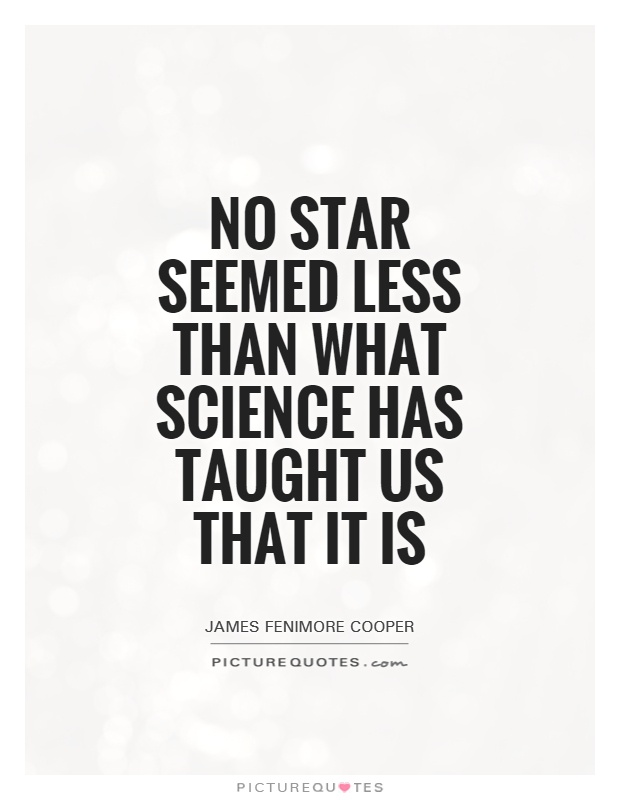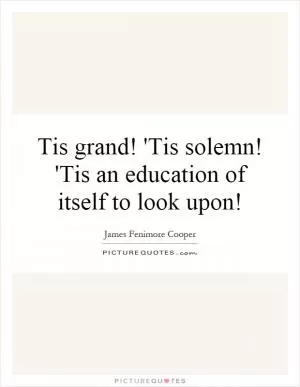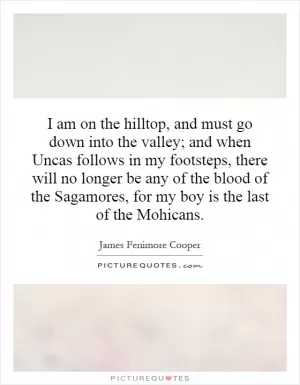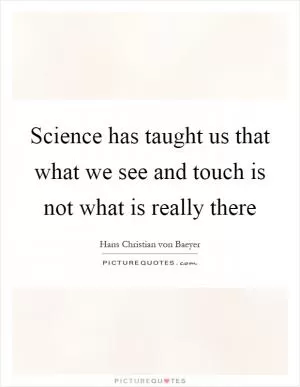No star seemed less than what science has taught us that it is

No star seemed less than what science has taught us that it is
James Fenimore Cooper, a renowned American writer, is best known for his works that depict the natural beauty and ruggedness of the American frontier. In his novels, Cooper often explores the relationship between man and nature, highlighting the awe-inspiring power of the natural world. One recurring theme in Cooper's works is the idea that nature is a force to be reckoned with, and that humans must respect and admire its power.In many of his novels, Cooper describes the night sky as a vast and mysterious expanse, filled with countless stars that seem to twinkle and dance in the darkness. He often uses the stars as a symbol of the unknown and the unknowable, representing the vastness of the universe and the limits of human understanding. In his novel "The Prairie," Cooper writes, "No star seemed less than what science has taught us that it is, a world of light, and heat, and motion, and of all the mighty elements that are combined to form the universe."
This passage reflects Cooper's fascination with the natural world and his belief in the power and majesty of the stars. He sees the stars as symbols of the infinite possibilities of the universe, and as reminders of the smallness of humanity in the face of such vastness. Cooper's writing often evokes a sense of wonder and awe at the beauty and complexity of the natural world, and his descriptions of the night sky are no exception.












 Friendship Quotes
Friendship Quotes Love Quotes
Love Quotes Life Quotes
Life Quotes Funny Quotes
Funny Quotes Motivational Quotes
Motivational Quotes Inspirational Quotes
Inspirational Quotes